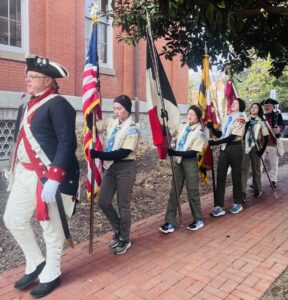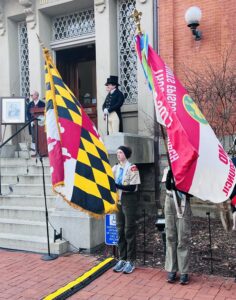In the fourth installment of the Summer Camp Planning for Bear and Webelos Den Leaders webinar series, we review Camp Ross’s program. Learn about the fun activities and Cub Scout Adventures for Summer 2025, the schedule for the week, and how to keep track of your Scouts’ Adventures at camp. The Goshen Scout Reservation team also talks about the role of the Adult Leader at camp and opportunities for Adult Leaders during their summer camp week.
Miss the webinar? Watch the recording:
You can also download the slides from the webinar here: Camp Ross Program and Elective Adventure Offerings [PDF] Or get the slides with detailed notes here: Camp Ross Program and Elective Adventure Offerings with notes [PDF]
Need more resources? Find the 2025 Camp Ross Program Guide and Program Schedule in the resources section: www.gotogoshen.org/ross/#downloads
Want to catch up? Check out our previous posts with earlier webinars in the series and the Summer Camp Planning Tool Kit:
-
- First Webinar & Toolkit: Summer Camp Planning
weownadventure.com/summer-camp-planning-tool-kit/ - Second Webinar: How to Build Excitement and Engagement for Camp Ross
weownadventure.com/summer-camp-planning-how-to-build-excitement-and-engagement-for-camp-ross/ - Third Webinar: Funding Your Summer Adventure
weownadventure.com/summer-camp-planning-funding-your-summer-adventure/
- First Webinar & Toolkit: Summer Camp Planning
Save the dates for upcoming webinars! All are at 7pm Eastern Time.
For current Lions and Tigers (rising Tigers and Wolves)
- March 31, 2025: Den Walker Prep and Planning
Register at: https://ncacbsa-org.zoom.us/webinar/register/WN_dOF7zjHiTlOPBQ93cZj5Vg#/registration
For current Bears and Webelos (rising Webelos and AOLs)
- March 24, 2025: Meet Your Camp Ross Team!
https://ncacbsa-org.zoom.us/webinar/register/WN_OX2aUuwZSFiave_ixcs_6A - April 22, 2025: Pre-Camp Planning
https://ncacbsa-org.zoom.us/webinar/register/WN_ewPMgcdORhKjZg1eijR3VQ - May 20, 2025: Your First Day – Arrival Overview
https://ncacbsa-org.zoom.us/webinar/register/WN_P4iNXGFlSj-FFmMVhDnJgA

 For current Lions and Tigers (rising Tigers and Wolves)
For current Lions and Tigers (rising Tigers and Wolves) For current Wolves (rising Bears) & Everyone In Between
For current Wolves (rising Bears) & Everyone In Between For current Bears and Webelos (rising Webelos and AOLs)
For current Bears and Webelos (rising Webelos and AOLs)

